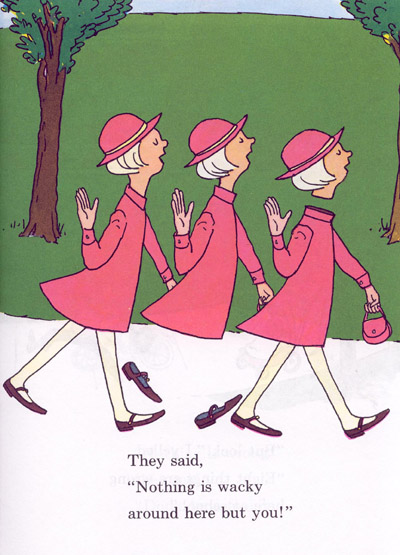Sun Aug 3, 2:40 PM ET
By JANET PAK, AP Business Writer
Christian Lesstrang didn't know a soul in Chicago after moving from San Francisco.
So he turned to Friendster.com, a Web site that owes its rapidly growing popularity to a simple but effective formula. Unlike dating sites that disseminate profiles of people looking to meet others, Friendster lets people network only with their friends' other friends—and those people's friends as well.
Browsing through the hundreds of people in his Friendster network, Lesstrang, 32, came across a few in Chicago. He e-mailed them, told them how they were connected and asked if they'd be interested in meeting up. Within a week in his new city, Lesstrang had some get-togethers, and now he has met about 10 people he regularly sees.
"You meet friends and there's really no expectations or anything weird about that," Lesstrang said. "It's just going through life, except through a referral network."
One year after being launched by software engineer Jonathan Abrams, Friendster has attracted a healthy buzz and 1.3 million users—despite no advertising and being officially only in beta, or test mode. The company has spent $250,000 getting started and operates out of a suite in Sunnyvale, Calif., with a staff of just seven.
Users join Friendster by invitation from a friend or associate. Becoming a member requires filling out a profile that lists only users' first names, gender, status, date of birth, country, postal code and what they seek from being on Friendster.
Users can add more information and a picture of themselves if they want, and can expand the network by inviting other friends to join. Then users can flip through the profiles of people up to four degrees of separation away.
That leads to a big and rapidly expanding pool of people bound by a common desire to meet other people, whether for dating, friendships or business networking. About 53 percent of the users are male, 47 percent female. The average age is 27.
"In real life, people meet each other through their friends," Abrams said. "I felt a demand for these type of services and wanted to help people meet new people, but there was room for a new approach."
|

